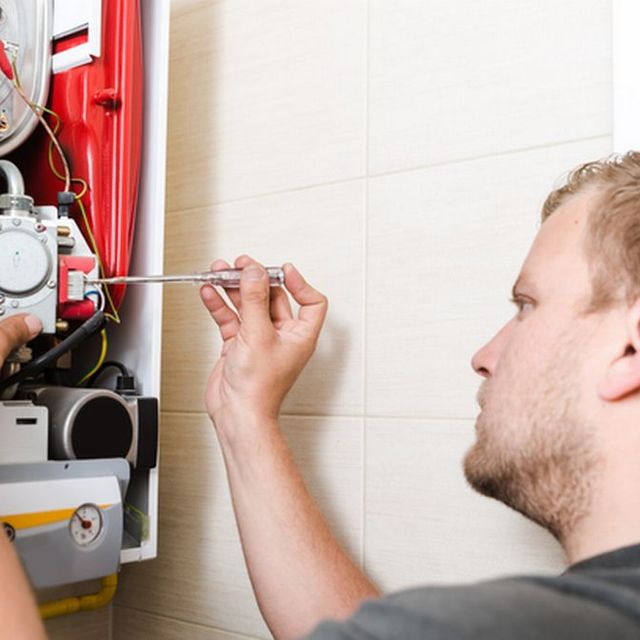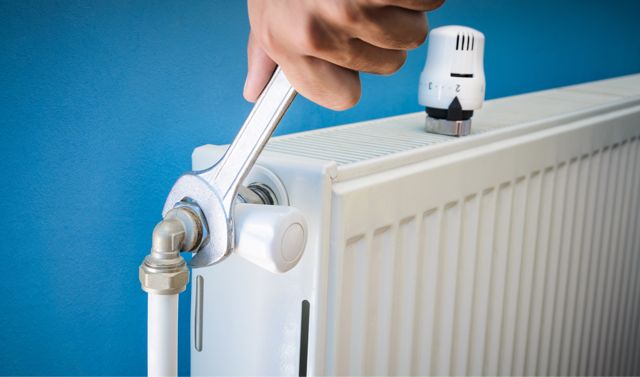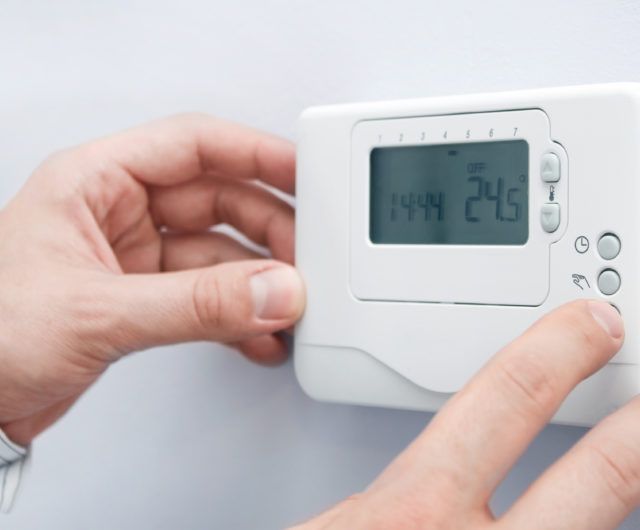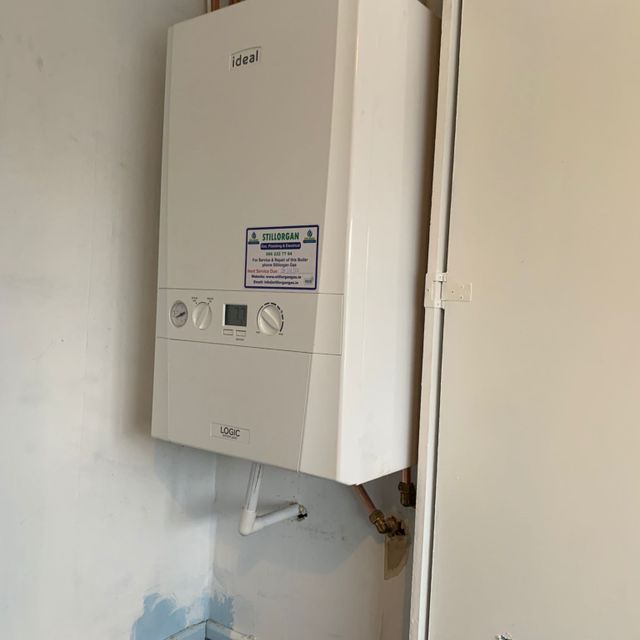
23/01/2022 by Stillorgan Gas, Plumbing & Electrical 0 Comments
7 Effective Ways You Can Keep Your House Warm in 2024
As the bill prices keep hitting new highs in 2024, finding ways to keep a cold house warm could save you money on your bills and keep you warm throughout the winter. Isn't that a need of the hour?
Although a well-insulated home will help keep more heat in, heat may be escaping your home if it still feels cold. In that case, it's worth looking into the heating system to see if it needs to be serviced or replaced.
Before spending anything, It's worth figuring out where you're losing heat as you can then take the necessary steps to keep a cold house warm.
Central heating systems keep a house warm, but gaps and cracks around the home allow heat to escape and cold winds to enter. As a result, the Boiler will have to work harder to keep a cold house warm, resulting in higher energy bills. A cold home, High bills are not an ideal scenario.
Below we list down 7 Effective ways you can keep your house warm in 2024.
1. Make sure your Boiler is serviced every year.
Whether you have a Gas Boiler or an Oil Boiler, you must service your Boiler every year. Arranging a Gas Boiler Service or an Oil Boiler Service ensures an annual checking of the units to ensure that your Boiler is working efficiently and safely. A service can bring potential issues with your Boiler to your attention before it worsens and causes any damage to one's life or one's pocket. Servicing your Boiler also keeps your warranty valid with the manufacturer.
Hence, it is crucial to service your Boiler every year for your heating system's safety and efficient operation.
2. Check Radiators
One of the common reasons the heat doesn't spread well in your room is that you have a sofa/bed covering your radiator. Keep your curtains and drying items away from the radiator to get the most out of your heat source. Hot air can move freely by shifting it away from the radiator. This sounds like a no-brainer but doing this will only result in a positive outcome, and the cost of doing this practice will cost you nothing.
3. Bleed radiators
If nothing is blocking your radiators and you notice one or more radiators are not heating as well as others are or as they used to, then you might need to bleed the radiators. When there is air trapped inside a radiator, it must be bled. Warm water cannot circulate around your radiator because of the trapped air. As a result, the radiator may be cold at the top and warm at the bottom. Even if your radiators are in good operating order, you should bleed them yearly.
If bleeding radiators had no effect and your radiators are still inconsistent, then you should call for a Powerflush Service. Debris can accumulate in your central heating system over time, reducing its performance. A flush may be necessary if your radiator remains chilly even after the Boiler is turned on. A power flush is a common procedure for removing rust and debris from your Boiler, pipes, and radiators, leaving them clean and clear. To learn how to bleed a radiator click here to see the video
4. Install Thermostatic Radiator valves (TRV)
Thermostatic Radiator valves or TRVs give you more control over the heating of the radiators. TRVs could help you save energy and reduce your bills. The valves can control the amount of heat you desire in a particular room. For example, if the house's guest room is not used often, you can turn the TRV off, resulting in less load on the Boiler. If you already have a TRV on your radiators, then start using this technique now. If you don't, Install TRVs as a long-term investment.
5. Use Rugs
A significant amount of heat is lost through cold floors, especially if you have hardwood or stone floors. By placing a rug, you can help prevent heat loss to cold floors. Usage of Rugs can be one of the most cost-effective measures that anyone can practice. The rugs would help to keep more heat in the room.
6. Upgrade your Thermostat
With a smart thermostat, you have complete control over central heating. You can also learn about your home's energy usage habits. The smart thermostat adapts to when and how heating is used in the house and can turn the central heating on and off at the most efficient time. This not only helps keep your home at a comfortable temperature but also helps reduce your energy bill. If you want to install a new thermostat, Google nest learning or Honeywell home thermostats are some of the most popular thermostats.
If upgrading to a new thermostat is not an option, you can operate your current thermostats smartly. You can use the timers efficiently and program your heating or hot water to be turned on, putting less load on your Boiler and consuming less energy. Program the Boiler to turn on the heating a little earlier, for example, 30 minutes before you get up in the morning, but at a lower temperature. This is more practical than turning it on just when you need it at a temperature higher.
7. Upgrade your Boiler or Replace your Boiler
All the points mentioned above will go as far as if your current Boiler is working efficiently and is providing enough power to your heating system. If your Boiler is relatively new and it is not working efficiently, we would suggest you call for a Boiler engineer for a diagnosis. There could be a chance that some parts need replacing or would need attention from a registered engineer.
If your Boiler is more than ten years old, the most effective way would be to call for a new Boiler. Depending on your house, You can choose a more efficient and modern Boiler. A new boiler will consume less energy and produce the same amount of heat.
Mentioned below are points to know if you need a new boiler
- Boiler was installed 10 - 12 years ago
- Energy bills keep rising
- Your Boiler keeps breaking down
- Heating is not as effective as it used to be
If you need a new boiler, Get free quotes for a replacement boiler today.





Comments
Leave a comment